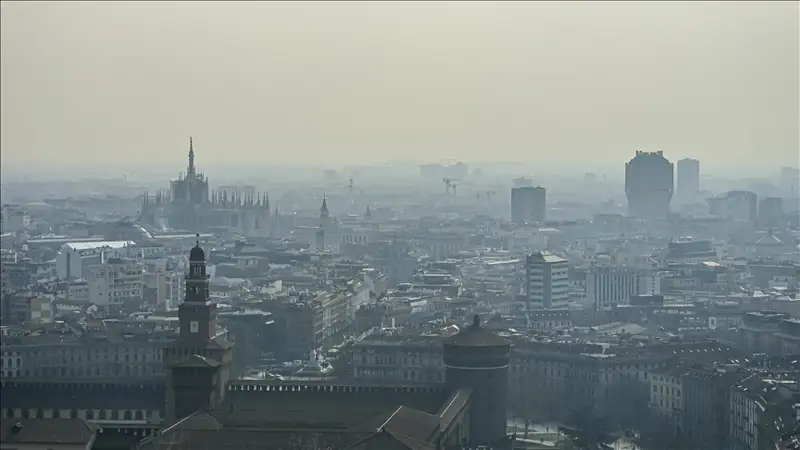Europe launches Sentinel-4 for advanced air quality monitoring
According to the European Space Agency (ESA) and the European Organisation for the Exploitation of Meteorological Satellites (EUMETSAT) the launch of the Sentinel-4 satellite marks a significant leap forward in Europe’s atmospheric observation capabilities. The new satellite will dramatically enhance the Copernicus Atmosphere Monitoring Service (CAMS), offering unprecedented detail in real-time air quality monitoring across the continent, reports a Kazinform News Agency correspondent.

Sentinel-4 is the first European instrument dedicated specifically to monitoring air quality from a geostationary orbit—located 36,000 km above Earth. Unlike the existing Copernicus satellites in low Earth orbit, which can only provide a single image of Europe per day, Sentinel-4 will scan the region hourly, providing high-frequency data essential for accurate pollution forecasting and modeling.
Equipped with an ultraviolet, visible, and near-infrared spectrometer, Sentinel-4 will monitor key pollutants such as nitrogen dioxide (NO₂), ozone (O₃), sulphur dioxide (SO₂), formaldehyde (HCHO), and aerosols. These pollutants are linked to various environmental and health concerns, and their continuous observation is vital in the context of Europe’s tightening air quality regulations.
“The novelty of Sentinel-4 is that it will allow us to see the diurnal cycle of some of the main atmospheric pollutants,” said Florence Rabier, Director-General of the European Centre for Medium-Range Weather Forecasts (ECMWF). “This is very important to better understand the interplay between the chemistry, the physics and the underlying emissions. If we can better observe, we can better model and forecast.”
According to Rabier, the launch is especially timely, as Europe intensifies efforts to reduce air pollution under new environmental legislation.
“The mission couldn’t have come at a better time, as we are stepping up our efforts to monitor European air quality with a new focus on emissions,” she noted. “And with the rapidly developing Artificial Intelligence and Machine Learning techniques, we expect to exploit this new generation of observations even better.”
In a technological first for the Sentinel programme, Sentinel-4 will share its platform with a Meteosat Third Generation (MTG) satellite. This joint configuration not only ensures cost-effectiveness but also supports enhanced weather forecasting thanks to MTG’s meteorological instruments.
The launch supports key EU initiatives like the Zero Pollution Action Plan and revised air quality laws, reinforcing Europe’s commitment to reducing pollution. Sentinel-4 will play a crucial role in advancing science-based policy and environmental oversight.
Earlier, the CAMS, implemented by the European Centre for Medium-Range Weather Forecasts (ECMWF) on behalf of the European Commission, announced a major upgrade to its Methane Hotspot Explorer application.
